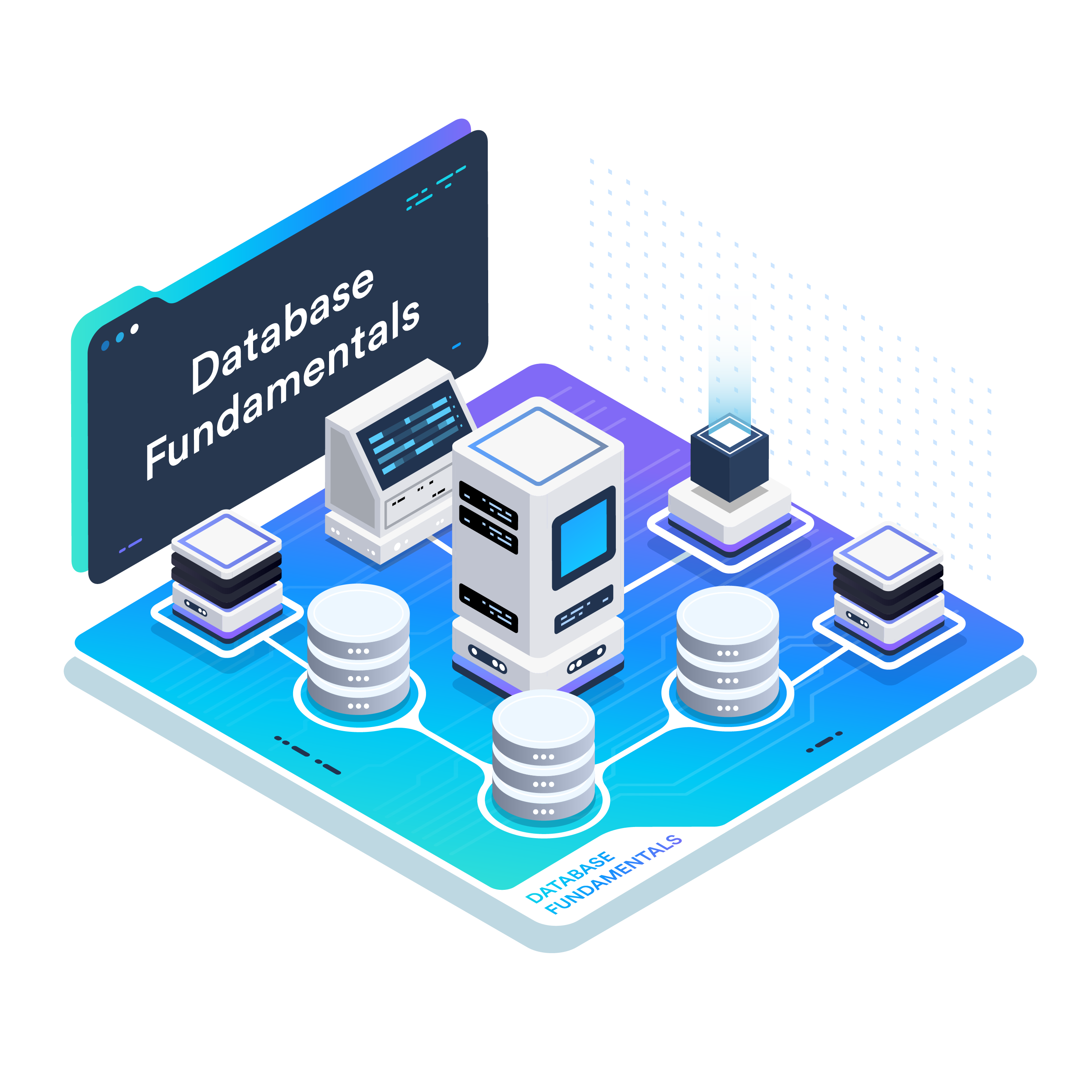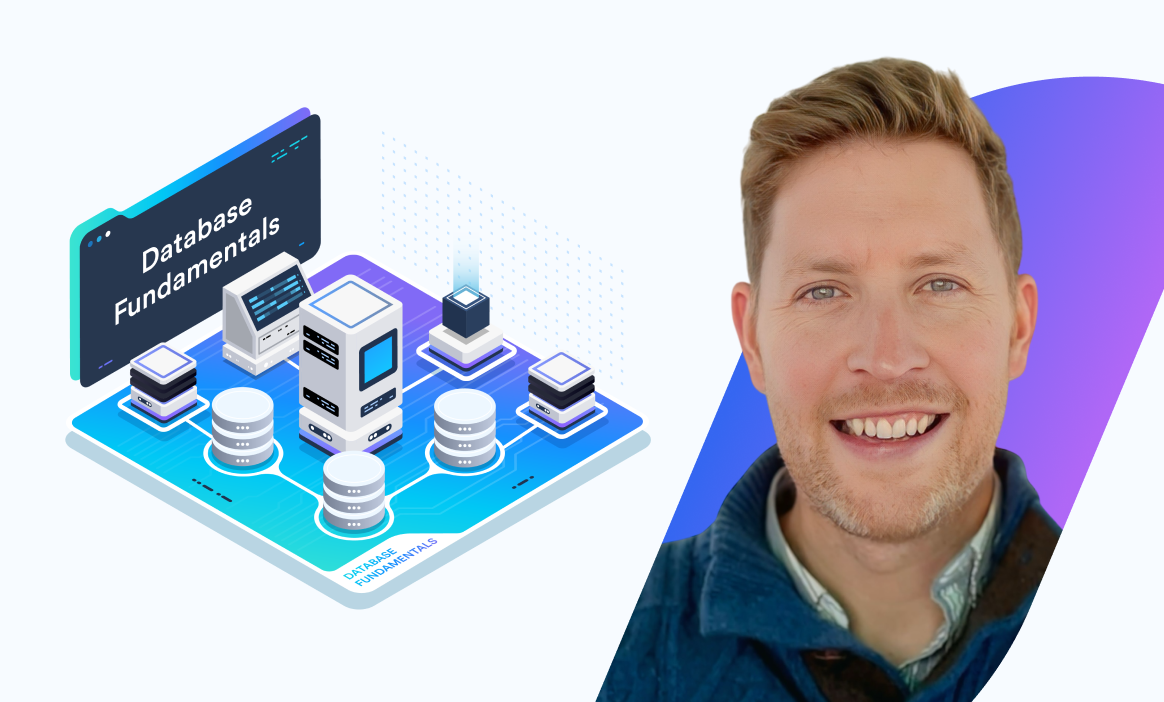What you’ll learn
Our students work at..







Description
Ever wondered how your favorite apps remember your playlists, track your orders, or let you search millions of products in a blink? Behind the scenes, it’s all about databases—the silent workhorses that organize, store, and deliver the information powering our digital lives.
In the Database Fundamentals course, you go through the essential concepts, tools, and skills that make modern data management possible. Whether you’re aiming to launch a tech career, boost your data literacy, or finally understand what happens when you "search the database," this course is your step-by-step map through the world of structured information.
What You’ll Learn:
What is a Database, and Why Does it Matter?
Start by breaking down what a database really is, how structured data becomes valuable information, and where you encounter databases every day—from your phone’s contacts list to booking a hotel room. Understand the difference between raw data and actionable insight.
Tables, Keys, and Connections
Discover how information is organized inside a database. See the limits of old-fashioned flat files, then learn how relational databases use tables, records, and fields to structure data. Grasp the critical role of primary and foreign keys in connecting information, and decode Entity Relationship Diagrams (ERDs) using real-world examples.
CRUD in Action: The Four Essential Database Tasks
CRUD—Create, Read, Update, and Delete—are the four pillars of every interaction with a database. Get hands-on as you create your own relational database in MySQL and perform each CRUD action using simple SQL commands. Explore how tables stay connected, data types are enforced, and relationships are maintained.
Relational vs. Non-Relational: Choosing the Right Tool
Not all databases are the same! Compare classic relational databases (with structured tables and fixed rules) to the flexible world of NoSQL, including document, key-value, and graph models. Learn when to use each kind of database, debunk common myths, and see how industries from banking to social media pick the best fit for their data.
Querying and Indexing: Getting Answers Fast
Unlock the power of SQL queries to search, filter, and combine data with real examples. Practice using SELECT, WHERE, ORDER BY, LIMIT, and JOIN to get exactly the information you need. See how database indexes—like a book’s index—make those searches lightning fast, even in massive tables.
DIY Database: From Blueprint to Working System
Put your new skills to the test by designing your own relational database schema. Create real tables and relationships, write and execute CRUD operations, and explore many-to-many relationships using junction tables. Use sample data to practice with real-world queries and updates.
Throughout the course, you’ll connect abstract ideas to everyday experiences, making databases both simple and practical. As part of the KodeKloud community, you’ll collaborate with other learners, trade tips and solutions, and get help as you build your confidence.
Unlock the secrets of efficient data organization and take your first step toward becoming a data professional. Join us, and see how databases quietly power the apps, sites, and systems you use every day!
What our students say
.png)
About the instructor
Alan is a dedicated trainer, full stack software developer, and predictive analytics specialist. With an MEng in Mechanical Engineering from Edinburgh, and a PGCE in Physics and Science from Leeds Trinity, he combines deep technical knowledge with a true passion for teaching and learning. With over 15 years in engineering and several years teaching Science and Physics, Alan excels at making complex topics accessible and inspiring growth in others. He is skilled in Python, SQL, Excel, Django, Flask, and key data science tools, delivering practical, user-focused solutions. His teaching background has honed his empathy, communication, and time management—making him an engaging
.svg)


.svg)
.svg)
.png)







